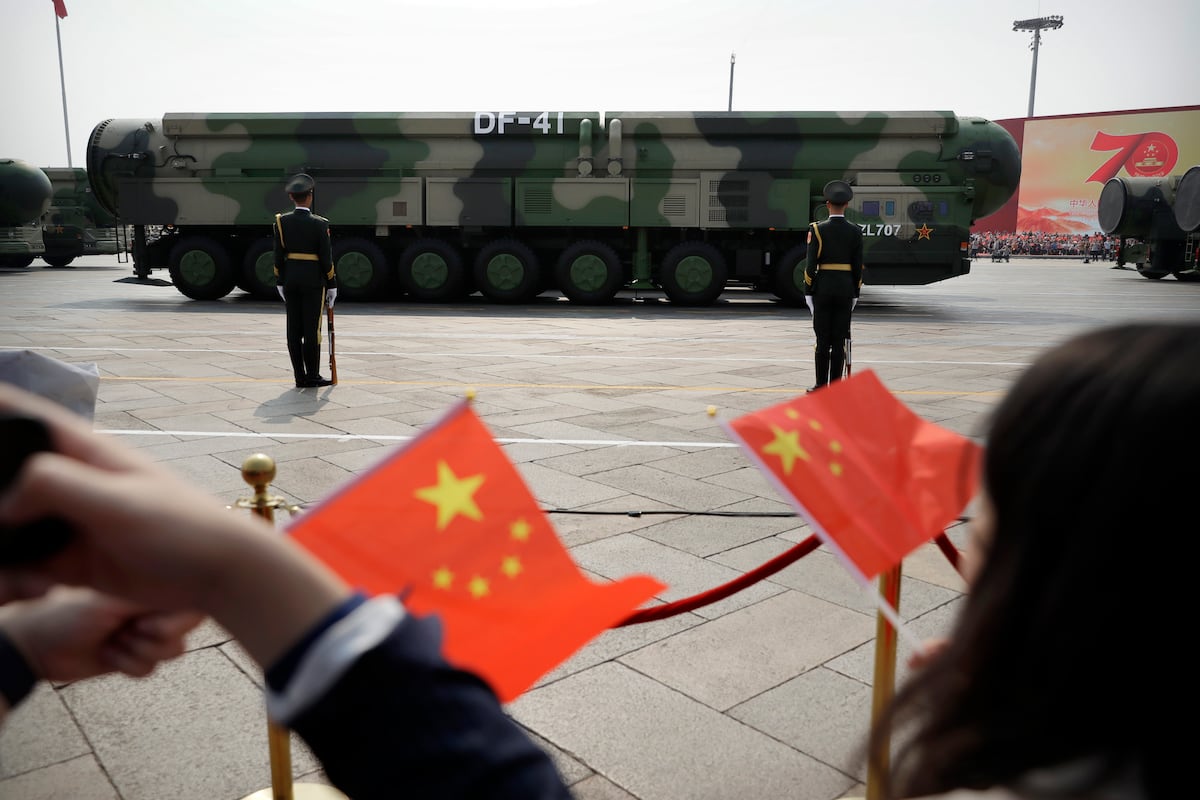Expansion of C-UAS Technology by Dedrone
Overview of Enhanced Capabilities
Dedrone is broadening its core competencies in counter-unmanned aircraft systems (C-UAS) to encompass threats posed by Group 3 drones. Collaborating with German firm Tytan Technologies, Dedrone aims to tackle advanced aerial threats, including those reminiscent of the Iranian Shahed drones that have been employed by Russia during the conflict in Ukraine.
Comprehensive Solutions from Detection to Defeat
Henning Heine Tam, Dedrone’s Senior Vice-President, Chief of Staff, and Head of Corporate Development, highlighted the company’s extensive range of offerings, stating: “We provide end-to-end solutions spanning hardware and software.” This includes a command-and-control (C2) system capable of detecting, tracking, identifying, and ultimately neutralizing drones via electronic jamming techniques.
Current Technologies in Use
Dedrone’s portfolio encompasses:
- Mobile C-UAS Radio Frequency (RF) Jammer: This device is engineered to disrupt UAS signals while also spoofing global navigation satellite services (GNSS).
- Fixed-Site Systems: Deployed with the U.S. Department of Homeland Security, these systems primarily serve border security operations.
Tam emphasized that the key differentiator lies in the software, which excels at pinpointing the precise location of drones, enhancing situational awareness.
Integration of Systems
A Holistic Approach to Threat Detection
The integration of third-party electro-optic/infrared cameras alongside radars into Dedrone’s solutions is of paramount importance. Tam noted the complexity involved in processing extensive tracking data. When radars are adjusted to detect smaller UAS, they often generate significant background noise, complicating the operator’s analysis. Without additional modalities, the data can become overwhelming and difficult to interpret.
Adherence to Standards
Dedrone employs an open architecture model and maintains compliance with Sapient standards, thus ensuring interoperability and facilitating the integration of various technological components.
By prioritizing advanced detection capabilities and the seamless integration of multiple technologies, Dedrone is positioning itself to effectively respond to evolving aerial threats. This proactive approach underscores the importance of innovation in defense against increasingly sophisticated drone systems.





